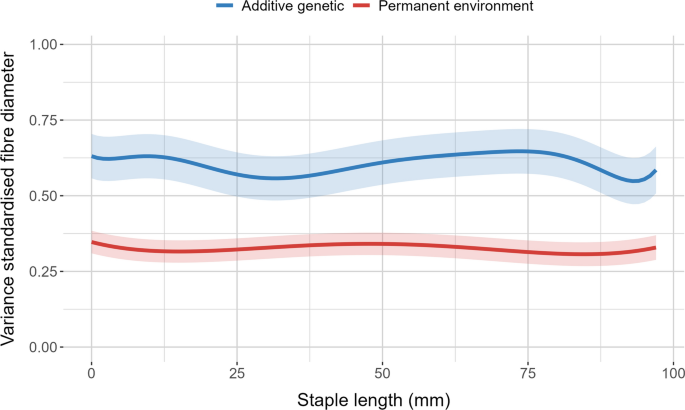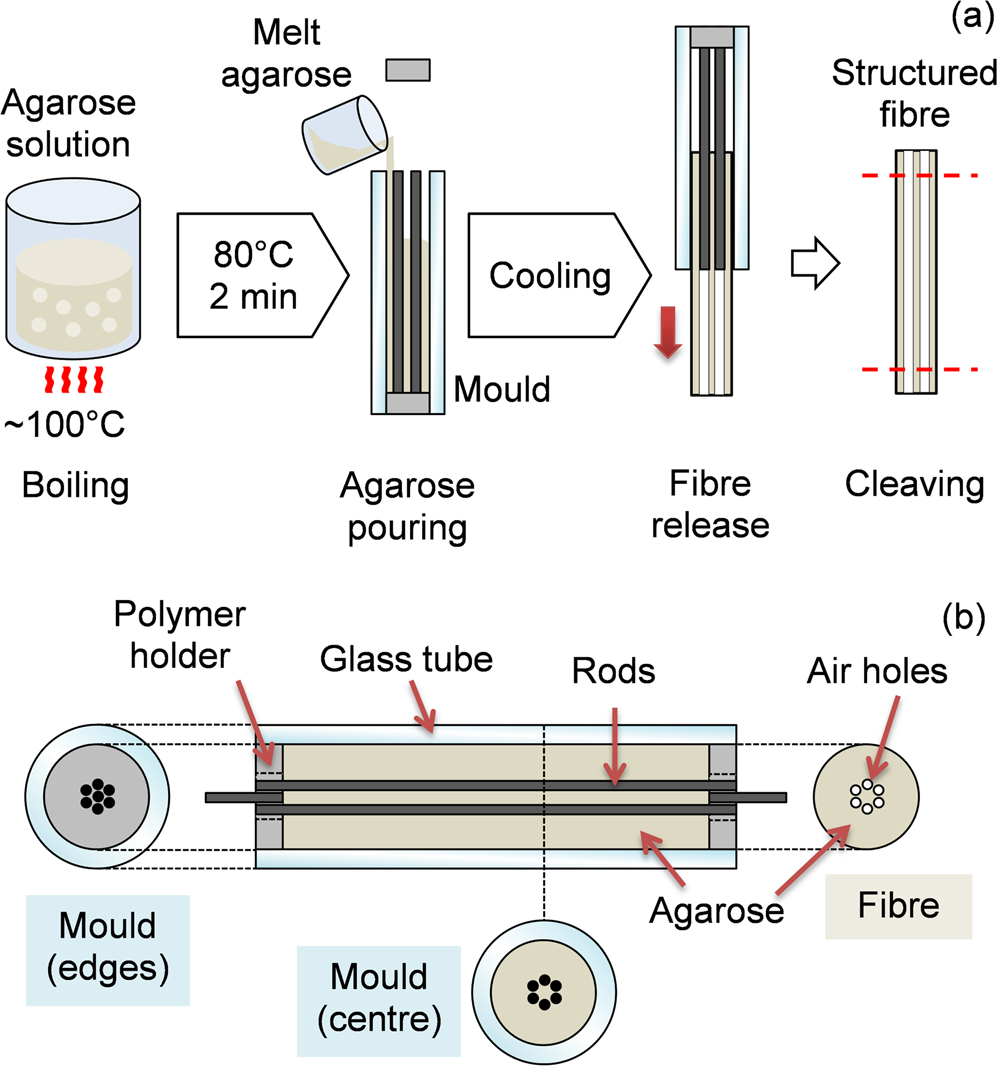Industry Standards Met by Optical Fibre Diameter Analyser Systems
Industry Standards Met by Optical Fibre Diameter Analyser Systems
Blog Article
Optimize Your Fiber Optic Performance: Comprehending Optical Fiber Diameter Analyser Innovation
The efficiency of fiber optic systems is seriously affected by the accuracy of their size, a variable typically ignored in the pursuit of ideal signal integrity. Comprehending the modern technology behind optical fibre diameter analysers exposes the complex equilibrium between measurement precision and production top quality.
Importance of Optical Fiber Size
The diameter of optical fiber plays an important duty in identifying the efficiency and effectiveness of interaction systems. It affects several key parameters, including the setting of light propagation, attenuation, and data transfer capability. Larger sizes usually enable for multiple light settings, promoting higher information transmission prices. Alternatively, smaller diameters have a tendency to support less modes, which can improve signal clearness and decrease crosstalk.

In addition, understanding the size's effects can lead to set you back financial savings by minimizing the demand for signal boosting and repeaters in substantial networks (optical fibre diameter analyser). In conclusion, the relevance of optical fiber diameter can not be overemphasized, as it straight affects the general efficiency and dependability of modern interaction systems

Exactly How Diameter Affects Signal Quality
Signal top quality in optical fibre systems pivots considerably on the diameter of the fibre. The size influences several crucial specifications, consisting of depletion, transmission capacity, and modal dispersion. A smaller sized size can lead to higher depletion rates, leading to signal loss as light travels via the fiber. This depletion can endanger the honesty of the transmitted information, bring about a decrease in signal high quality, particularly over lengthy distances.
On the other hand, bigger diameters usually enable enhanced light capture and minimized modal diffusion, boosting signal clarity. In multimode fibers, a bigger core diameter can sustain numerous light modes, but it may also present intermodal diffusion, which can degrade signal quality. Picking the optimal fibre diameter is important for attaining the wanted efficiency in details applications.
Moreover, the interaction between the fibre size and the wavelength of the light utilized plays a vital function in establishing the effective transmission distance and general signal integrity. Understanding how fibre diameter impacts signal high quality is vital for network designers and designers striving to enhance optical fiber systems for trusted, high-speed information transmission.
Introduction of Diameter Analyser Innovation
In several optical fiber manufacturing procedures, precise measurement of fiber diameter is crucial for guaranteeing constant efficiency and quality (optical fibre diameter analyser). Diameter analysers are sophisticated instruments developed to analyze the physical dimensions of optical fibers with high precision. They use advanced optical and laser innovations to measure straight from the source the diameter, ovality, and concentricity of check over here the fibre, thus offering essential data for quality assurance
These analysers can run in-line during the manufacturing process or as component of off-line testing methods. In-line systems make it possible for real-time tracking, allowing suppliers to adjust specifications quickly, thus keeping optimal manufacturing conditions. Off-line analysers, on the other hand, give thorough evaluations of batches, making sure that any type of deviations from specified resistances are determined and dealt with.
Diameter analysers dramatically add to the reduction of flaws in optical fibers, improving total product integrity. By constantly gauging vital specifications, these technologies help with compliance with industry standards and requirements. As the need for high-performance optical fibers proceeds to climb, the function of diameter analysers ends up being progressively crucial in achieving the desired quality and efficiency criteria in fiber optic systems.
Trick Attributes of Fibre Size Analysers
Although numerous versions of fibre diameter analysers exist, they commonly share a number of key functions that improve their performance and integrity. Among one of the most considerable features is high-resolution dimension capacities, which make sure accurate diameter readings, critical for preserving quality control in fibre manufacturing. In addition, numerous analysers include advanced optical sensing units created to find minute variations in fibre diameter, therefore offering vital data for procedure optimization.
One more essential attribute is real-time surveillance, enabling drivers to get prompt responses on fibre diameter throughout the production procedure (optical fibre diameter analyser). This capacity assists in fast changes and lowers the possibility of problems. Several analysers also come furnished with user-friendly interfaces, making it possible for operators to easily navigate via data and setups results
Additionally, robust data storage and evaluation capabilities are important for tracking historic efficiency trends and guaranteeing compliance with industry standards. Some models even offer connection choices for assimilation into existing manufacturing control systems, enhancing overall functional performance. Finally, small and portable layouts permit flexible deployment within production environments, making certain that quality control processes are seamless and reliable. These features collectively add to the efficiency of fibre diameter analysers in enhancing fiber optic performance.
Ideal Practices for Fiber Optimization

First, regular calibration of optical fiber diameter analysers is vital. This makes certain precise measurements and reduces possible disparities that can impact performance. Next off, preserving a clean functioning atmosphere is essential; dust and contaminants can cause indicate deterioration.
In addition, it is crucial to sites pick fibers that satisfy details application demands. This includes reviewing elements such as attenuation, data transfer, and environmental conditions. Appropriate installation strategies ought to also be stuck to, including preventing sharp bends and extreme tension, which can jeopardize fiber stability.
Additionally, employing advanced monitoring systems can facilitate real-time efficiency analyses, enabling timely recognition of issues. Normal screening and upkeep need to be carried out to make certain that fibers remain within optimum functional specifications.
Last but not least, training personnel on the latest fiber optimization innovations and approaches will certainly improve their ability to execute effective techniques. By complying with these finest methods, companies can substantially enhance the efficiency and life expectancy of their optical fibre systems, ensuring reliable communication and data transfer.
Conclusion
In final thought, the combination of optical fiber size analyser technology is important for optimizing fibre optic performance. By making sure specific measurements of fiber measurements, these analysers considerably improve signal top quality and minimize losses during information transmission.
Signal quality in optical fiber systems pivots dramatically on the diameter of the fibre.In several optical fibre manufacturing processes, precise measurement of fiber diameter is vital for ensuring consistent performance and top quality. As the demand for high-performance optical fibres proceeds to rise, the role of size analysers ends up being progressively vital in achieving the desired quality and efficiency requirements in fiber optic systems.
These attributes jointly add to the efficiency of fibre diameter analysers in optimizing fiber optic performance.
In conclusion, the integration of optical fiber diameter analyser technology is critical for taking full advantage of fiber optic efficiency.
Report this page